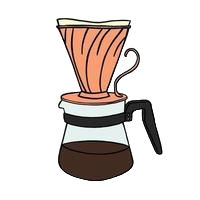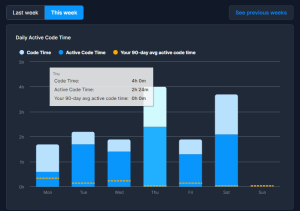This week, the team prepared for the project demo. To do so, we fully integrated the scale and temperature probe into the project. We continued testing on the water pump, although that will need more work to fully integrate it.
Concerning the data from the scale and temp probe, we decided to route all signals through the arduino to the rpi. This simplifies the process and allows us to use the rpi as the command center, with the arduino working to gather and route the data. We also began working on pour patterners for the presets using a pen attached to the gantry.
For the pump, we were having issues with water left over in the tubes, and the pump not being able to pull water from the reservoir. To mitigate this, we were able to have the pump sit inside the water reservoir, and this solved all of our issues. Now, no water is left in the hose (good for ease of cleaning/food safety), and the pump can always be actuated without the need for priming.
There have been numerous testing scripts added to the webapp repository. These will help us create the Gcode for brewing profiles. We have also already used one to help us format the data coming from the arduino to the RPI. Work on the webapp is going well and is roughly halfway done




